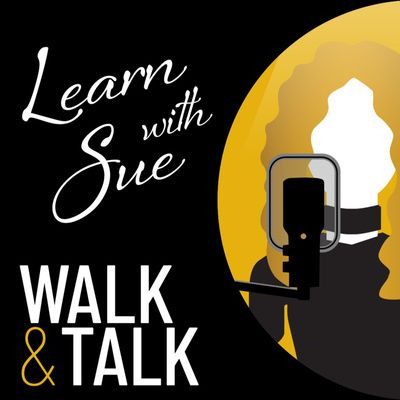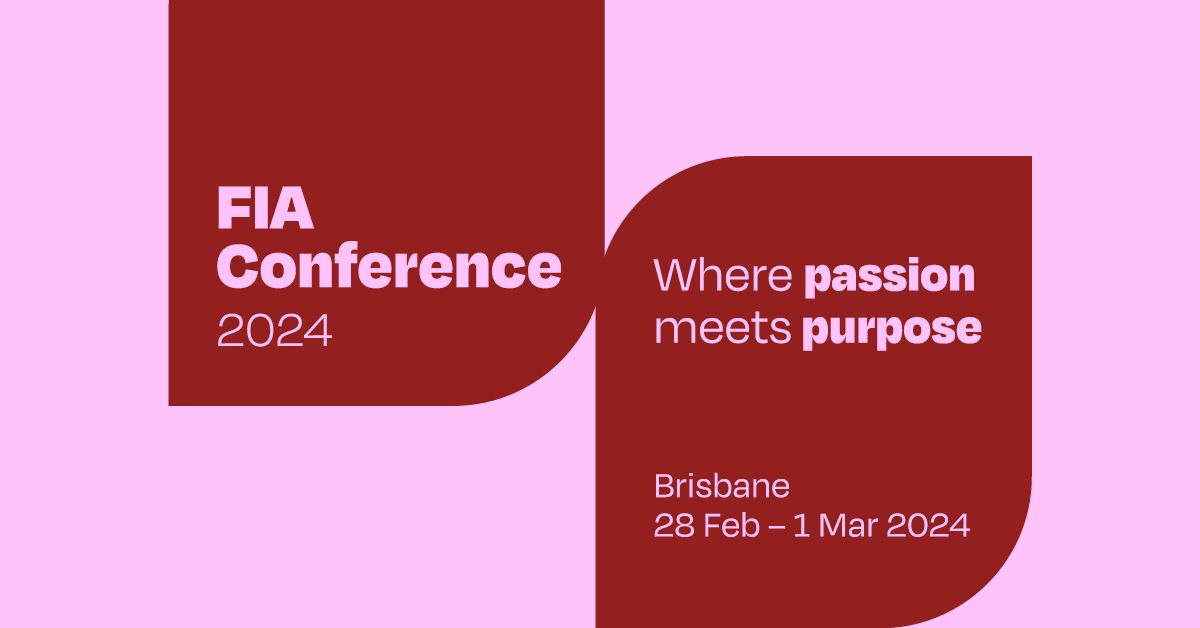People, Hiring and COVID -19
With talk of restrictions easing, and how we manage our workplaces going forward, many organisational leaders are turning their thoughts to the “what next?” phase of this crisis. They are beginning to wonder when the right time might be to brush off their hiring plans, and how they might go about it if they do decide to hire. If the same thoughts have crossed your mind, here we share our learnings from working with many organisations, across all industry sectors during this pandemic.
We recognise that every industry has been affected differently and even within sectors, the breadth of impact from COVID-19 on businesses is huge. When considering this impact on your company and whether to hire, there are three different areas to weigh up.
Firstly, and most obviously, is the revenue impact. How much has your revenue been affected? How long do you think that will last? How quickly do you anticipate it returning? But beyond that, how have your people and culture been affected, and what is the impact for your organisation externally?
The state of an organisation’s culture is a crucial consideration when hiring. The success of a new employee has as much to do with your existing people as it does with the new hire. What is your current culture like? Will your people embrace a new person? Will they help them be successful? If not, it doesn’t mean you shouldn’t go ahead, but you do need to plan for how you will overcome these obstacles and being aware is the first step.
Next, think about how this crisis has impacted you externally in terms of your brand and reputation. How have your customers been affected, and will that alter how quickly they resume using your services? How quickly has your business adapted, and what are you doing differently to your competitors?
Thinking through these questions will help you to frame when you are ready to re-hire. There is a distinct advantage in being a first-mover and getting ahead of the competition, but if you get the timing wrong it could negatively impact your business.
Once you have decided that the time is right to move on your hiring plans, take a moment to determine how you could be creative with those plans. Does a new employee need to be based in your office? Do they even need to be based in your town or city, or even in the same country? Does it need to be a permanent person or would a casual or contractor give you more flexibility? Would a new pair of eyes help with fresh ideas and creativity to ensure you can keep adapting for the future? Don’t make the mistake of assuming what you thought you needed before COVID-19 is what you still need now.
Once these steps are complete, you are well placed to hire. You have put yourself in a position to set yourself and your new employee up for success, which is more likely to help you come out of this stronger.
However, it doesn’t stop there. Next, you need to assess your recruitment and onboarding process and spend some time planning how that might need to change. Start by mapping out your ideal person and tailor your process and needs accordingly. Your ideal person now may not be the same as it was pre-COVID. For example, if you are working from home more frequently, the personality traits that are now desirable may be different. Proactivity, organisational skills and communication skills may become more important than they previously were.
Consider how you will assess your applicants. Can you interview in person and meet the government regulations? Should some or all of your process become virtual? In addition to an interview, we’d recommend asking applicants to undertake a relevant task assessment as part of the process. For example, you may want them to write a 30/60/90-day plan. You’ll also get a much better understanding of the person you are about to hire by also reading some of the body language of the referee, so prioritise references by video call.
In this environment, the best candidate may be in a job already, and they may be nervous to leave. To overcome this, you need to be clear and authentic in your communication throughout the process. In order to identify any concerns, have conversations with your applicants about their current role and organisation, and how they are feeling about what’s been happening. Carefully, explain why the role is available, and what your organisation is doing to ensure a secure future. Take time to understand what is important to your candidates and address how you can assist them in the areas which are meaningful for them.
And finally, before your new person starts, review your onboarding process and ensure it is fit for purpose. If you are not all working onsite, it is much more challenging to on-board someone remotely. What can you do to make them feel welcome when you are not there in person? Perhaps set up virtual morning teas with the team or do welcome videos. Spend much more time with them that you would normally and be clear in your expectations of them. Go over the induction process in different ways so they can hear important messages more than once. Set up a buddy system and confirm the buddy is clear on their role of being someone for the new hire to talk with and learn the unwritten rules from. Give and seek plenty of feedback.
As you can see there’s a lot to think about. There are more considerations to hiring now than there were pre-COVID-19 and it’s worth spending the time to feel confident. Done well it can give you a real competitive edge and will help you bounce forward more strongly.
Should you need further advice or assistance with any hiring needs feel free to contact me at nina@beaumontpeople.com.au
Recent Articles






All content copyrighted Beaumont People © All rights reserved.




